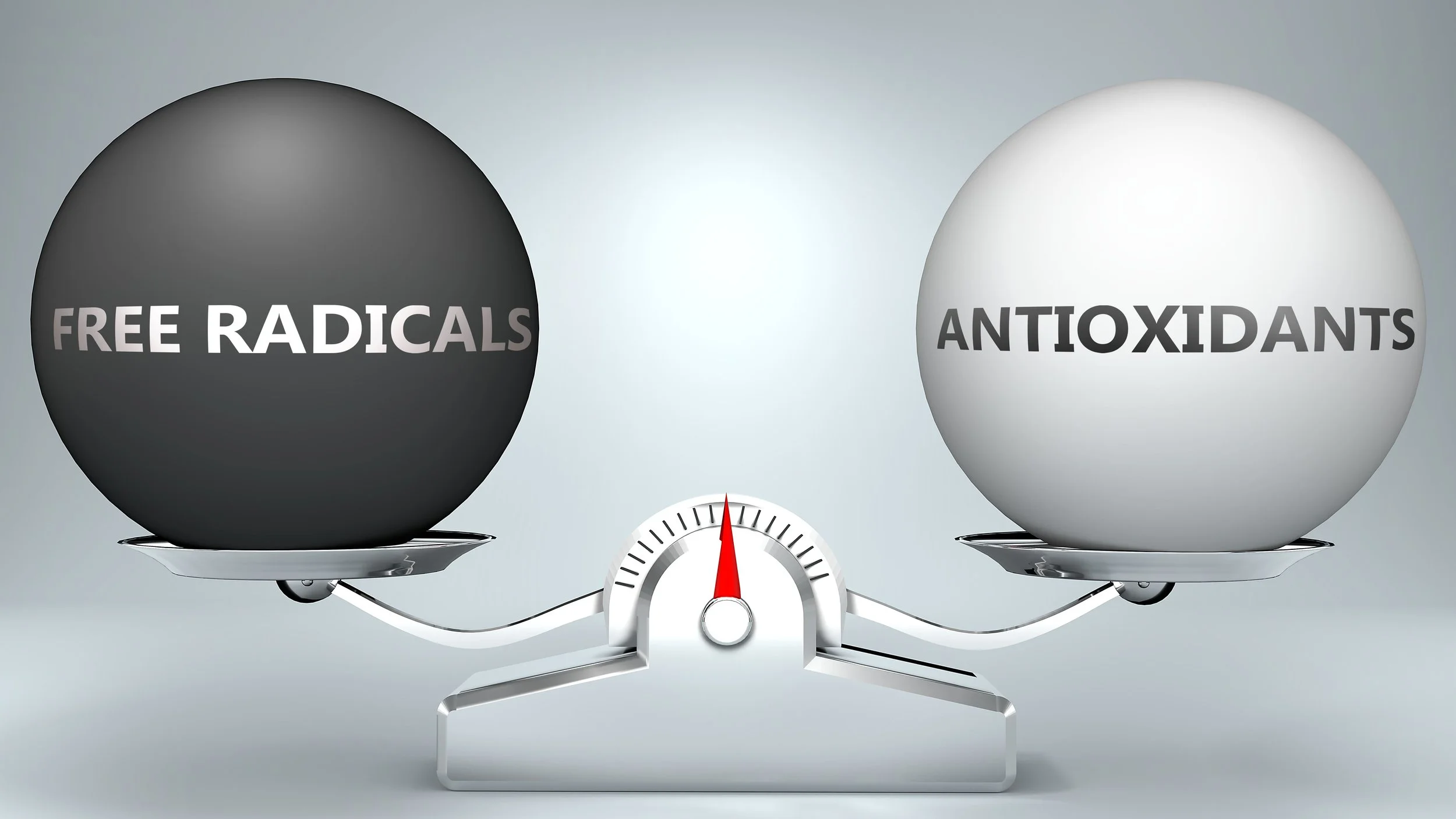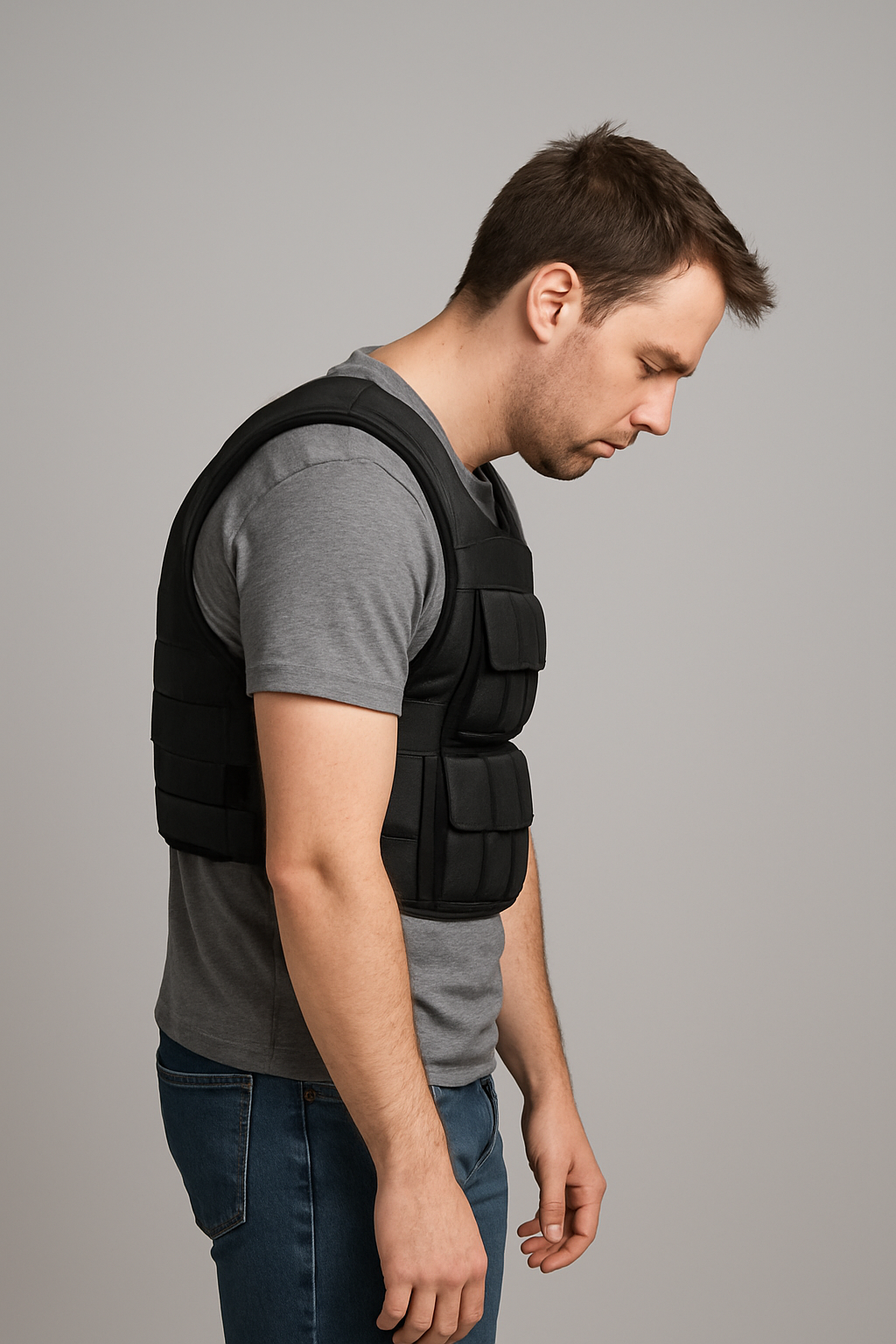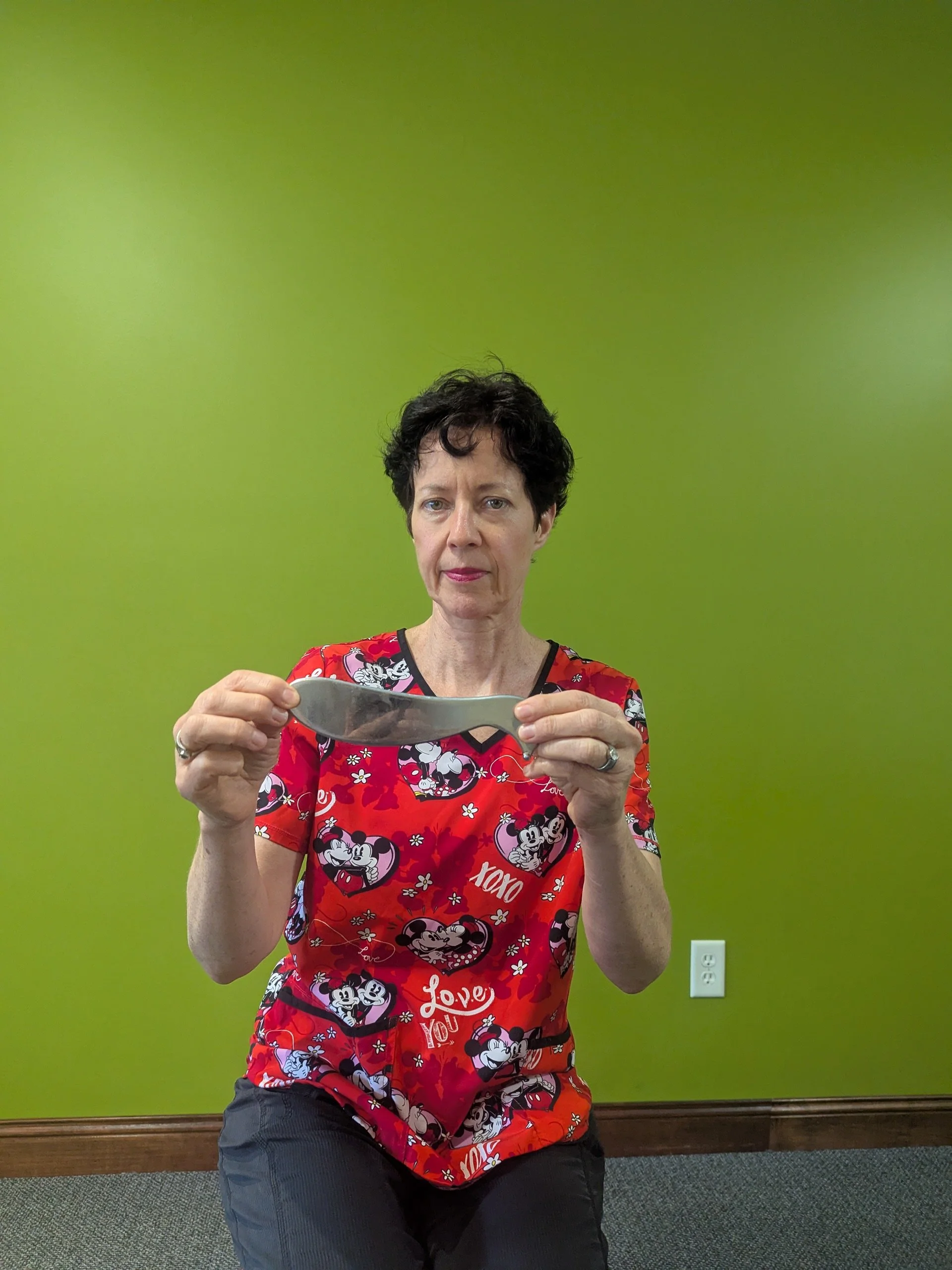Novelties in physical fitness come and go at a surprisingly rapid pace. Although not totally novel, the discussion regarding weighted vests came up during a recent osteoporosis update webinar and I thought we should give it a little nod and attention.
Weighted vests are basically just that, vests that can be weighted with different levels of weights, typically between five and 30 pounds. They are typically worn over athletic garments. The concept is to increase loading on the body during physical activity, with three primary goals in mind: increased bone loading for bone mass recovery in the context of osteopenia and osteoporosis, enhancing muscular endurance and bulk during a set activity, such as a walking, and increasing calorie expenditure for the same workout.
The science is a little bit all over the map yet because it’s a relatively new product, but there are some pretty strong data emerging as follows:
Weighted vests are raising a lot of concern among musculoskeletal providers because they tend to enhance poor posture and common abnormal posture changes, such as increased thoracic kyphosis, lumbar lordosis, and especially anterior head posture and rounded shoulders. So before considering using a weighted vest, you need to address chronic postural changes first.
Weighted vests seem to be potentially beneficial for certain activities, but not others. They seem to give you more benefit when used for short term, strength workouts, and much less for lower intensity cardiovascular workouts. They may be best used to slightly increase loading when doing large muscle activities, such as step ups, squats , but they do not appear to be beneficial when doing walking or light cardio.In that regard they function a little bit like added free weights, bypassing the limitations of having to hang onto weights with your arms, for example when you're trying to add 40 pounds of loading doing squats. One area where I find them remarkably useful is when a patient is trying to increase weight loading to progress with lower extremity and core strength but they can only hang onto so much weight with their arms, especially for patients who have permanent limitations and injuries in the wrist shoulders or elbows. (I remember wishing I had one of those when I fractured my wrist 10 years ago and I was trying to to do a relatively normal core and lower extremity workout in the gym with my arm in a full cast.) They may also free up the upper extremity to do other activities such as range of motion and helping with balance when someone is for example doing in line lunges.
As with many fitness interventions, more is not better. And starting gradually is very important. I have seen plenty of people with really hideous spinal and shoulder strains who decided to suddenly pop a 30 pound weighted vest when starting to work out after break.They may not be indicated for people who have certain types of orthopedic underlying issues, especially lower lumbar stenosis or active disc herniations, as well as osteoporosis with micro compression fractures. As always, best to run that question pastor treating provider.

















